With its wealth of endemic avifauna and varied microclimates, Jamaica may offer the best bird watching in the Caribbean. In Jamaica, the birding may very well be best in Portland Parish, the northeastern corner of this gorgeous island. Narrowing our focus even further, the best birding in Portland is reputed to be found on Ecclesdown Road, which cuts through the John Crow Mountains. Obviously, I needed to pay Ecclesdown a visit!
My thoughtful hosts at Hotel Mocking Bird Hill arranged my excursion to Ecclesdown Road and even introduced me to one of the best bird watching companions a visitor to Jamaica could ask for. John Fletcher, a retired bird guide, is the reigning president of BirdLife Jamaica (not at this time a BirdLife International partner) as well as a man with a long and fascinating history on the island. The first thing that struck me about John was how young he looks. This is not to say that he is a young man but he is considerably older than his apparently youthful mid-60’s. After speaking at length with John, I was also impressed with his extensive knowlege of Jamaica’s avifauna along with his obvious love for the island.
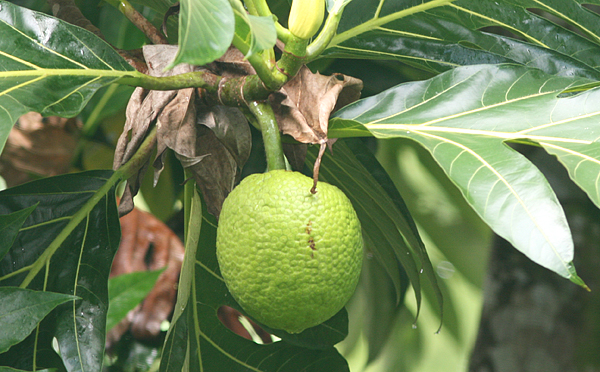
Breadfruit
We arrived at Ecclesdown Road at dawn, ready to roll up every possible Jamaican endemic. Alas, the first sightings were of Black-throated Blue Warbler and American Redstart, two all-too-familiar Neotropic migrants. Next, though, came Jamaican Spindalis, Euphonia, and Woodpecker respectively. Common species like Orangequit, Bananaquit, and White-chinned Thrush rolled in, but the energy really picked up after John sussed out a monster of a bird, the mighty Chestnut-bellied Cuckoo. All cuckoos, I find, are charismatic but this beast of a bird, large yet sleek with a menacing garnet eye, must really be seen to be believed. Since Old Man Bird is an island endemic, you may very well see your first one right here where I did on Ecclesdown Road.
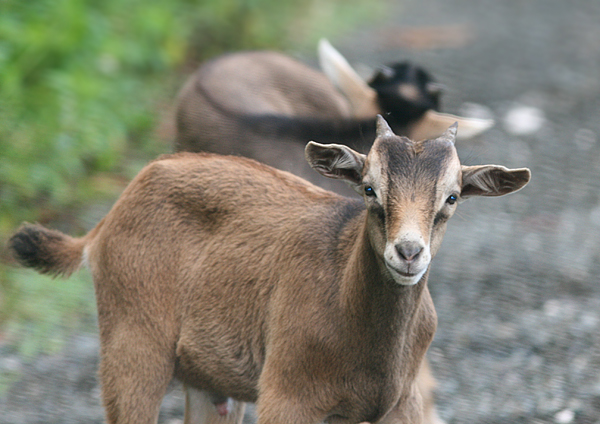
Also expect to see a lot of goats in Jamaica…
Bird chasing is a game of hours, not minutes. That enduring verity hit home, as it usually does, once the dawn chorus died down. John and I ascended Ecclesdown slowly but surely, our driver periodically keeping pace. The most improbable sighting of the morning, the retiring Rufous-tailed Flycatcher, was followed by variations on the same birds we were bound to see again and again. Magnolia and Black and White Warbler rotated into the roster, as did Jamaica’s own speckle-headed Arrowhead Warbler. I spied the world’s second-smallest hummer, the Vervain Hummingbird engaged in various dogfights with Black-billed Streamertail, better known as the Doctorbird. But while this utterly gorgeous mountan valley astonished with a rugged verdant beauty, the going was slow at times.
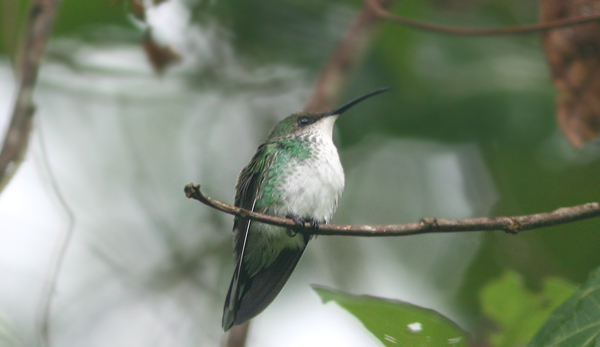
World’s second-smallest hummingbird
One high point was the appearance of Yellow-shouldered Grassquit, a tough little native grassbird. Even better was a cacophony of calls echoing through the valley that signalled the presence of parrots. Jamaica boasts not one but two endemic parrots. As flocks of bright green psittascines streaked by, I picked out the namesake beaks of Yellow-billed Parrots. Fortunately for us, many groups assembled in trees instead of streaking over the horizon. Before long, we had a Black-billed Parrot squarely in the scope. The Yellowbill and Blackbill are both Amazonia parrots, big, green and full of character. I don’t know about you, but I absolutely love a place with its own parrots, don’t you?
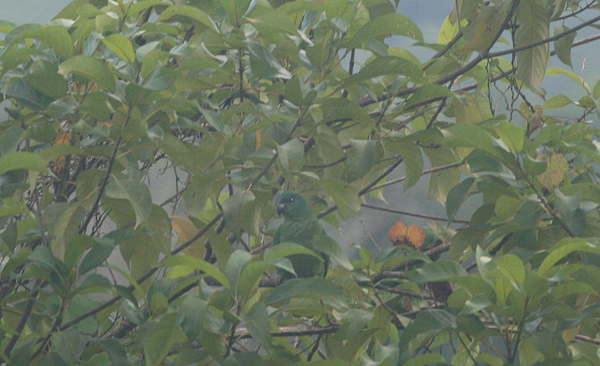
Blackbill in the distance
Many of our target birds failed to make the scene. Notable in its absence was the Jamaican Crow, whose croaking caw could be heard miles away. Not only did certain rarities abstain from appearing but usually common birds also stayed away. Flycatchers were surprisingly rare while singleton White-winged Dove, Common Ground Dove, and White-crowned Pigeon represented for their typically teeming clan. On the other hand, I enjoyed crippling looks at Willie Pee himself, the Jamaican Pewee.
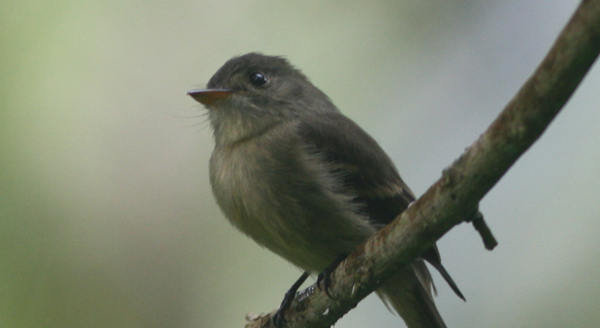
Who you calling Stupid Jimmy?
Readers from the Americas will be surprised by what I consider my most special sighting of the morning. Ecclesdown Road wends its winding way through the John Crow Mountains, a chain named for that most unlikely of totem animals, the Turkey Vulture. In fact, in the days Cathartes aura was called the Carrion Crow, this ridge was known as Carrion Crow Ridge. Consequently, every TV that traipsed tippily through the valley seemed more signficant than ones I had countless times before. This impression eventually assumed the authority of truth once I beheld a Turkey Vulture like none I’ve ever seen. The tale of this bird will be told another day but if you one day visit Ecclesdown Road, which you really must if you go birding in Jamaica, you’ll probably see the John Crow in a new light.
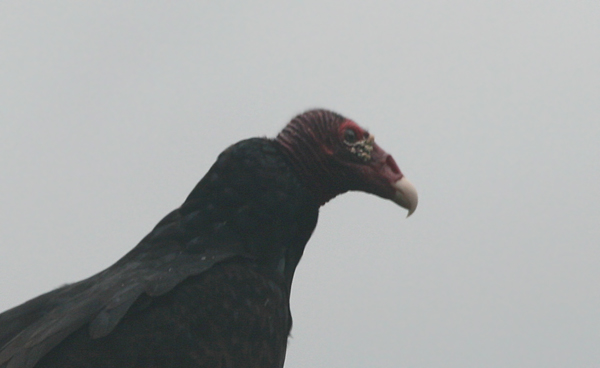
Welcome to my mountain…

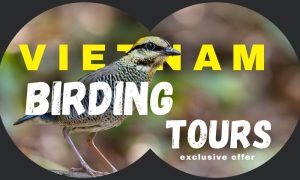


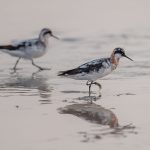
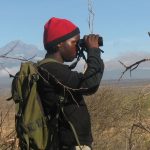
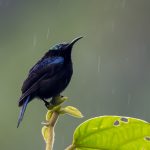
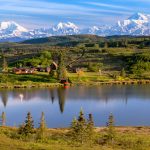
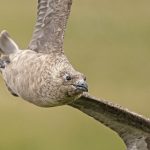
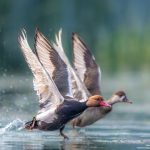
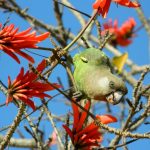
Leave a Comment